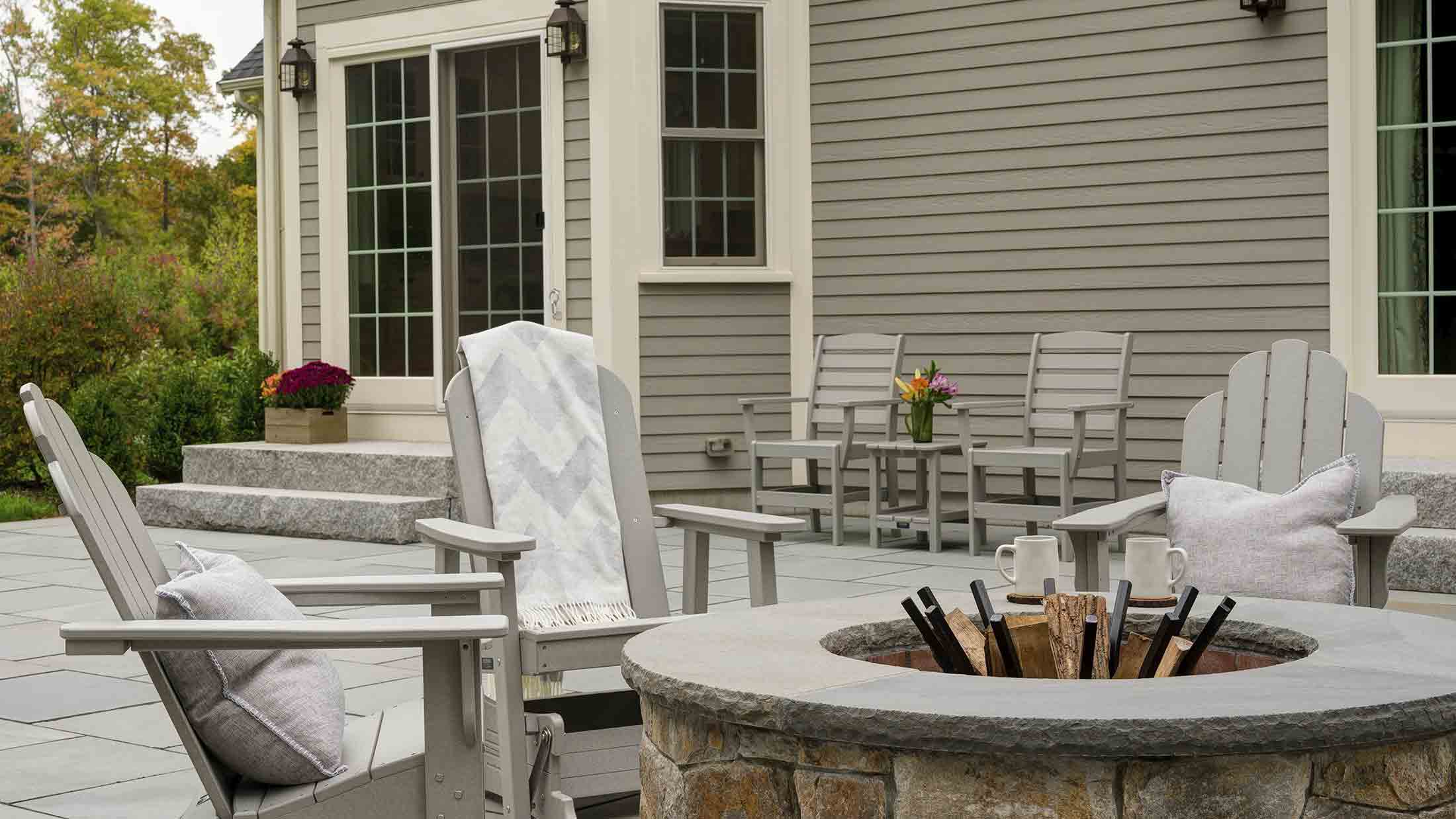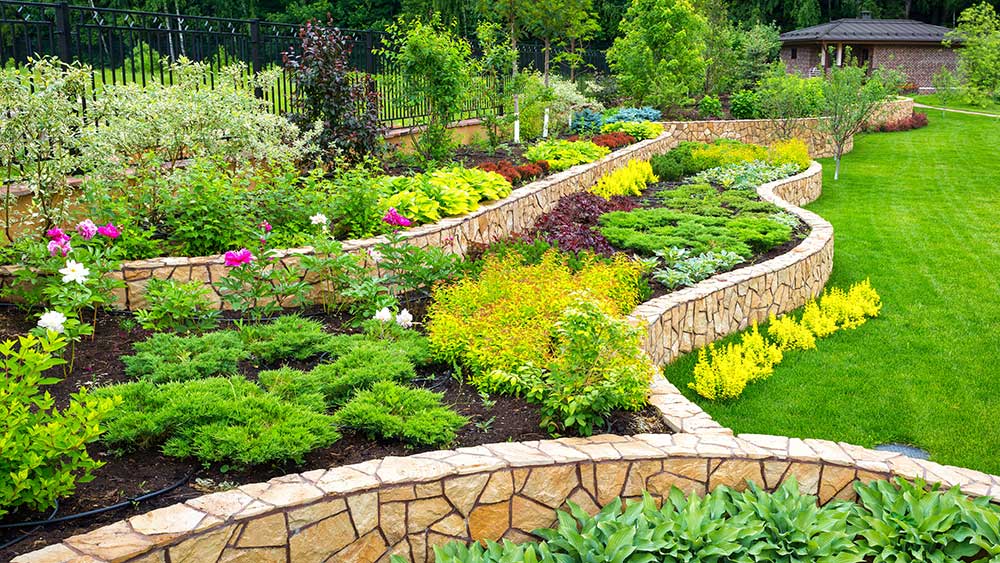Not known Factual Statements About Landscapers
Not known Factual Statements About Landscapers
Blog Article
An Unbiased View of Landscapers
Table of ContentsLandscapers for DummiesLandscapers for DummiesThings about LandscapersNot known Factual Statements About Landscapers Landscapers for Beginners
Each of these elements has a specific purpose and symbolism, and when combined in the ideal way, they create a well balanced and harmonious landscape - Landscapers. Rocks are considered the foundation of a Japanese yard. They stand for mountains or islands and are purposefully placed to develop a sense of depth and viewpointIt can take the form of a fish pond, stream, or waterfall, and its purpose is to add activity, sound, and reflection to the landscape. Plants, especially evergreens and deciduous trees, play an essential role in producing a Japanese garden. They are carefully selected for their form, color, and appearance to add interest and comparison to the landscape.
These synthetic elements often have religious or spiritual significance in Japanese culture and are carefully put within the landscape to develop prime focus. Photography by Garrett Chef Desert gardens, also referred to as xeriscaping or arid landscaping, thrive in completely dry and drought-prone regions (Landscapers). These gardens showcase plants that have actually expanded familiar with the hot and arid problems, making them low-maintenance and water-efficient

They are normally used to the neighborhood climate, soil problems, and wildlife, making them more resilient and much better fit to thrive in their setting. This layout style welcomes the charm of regional plants and fauna, promoting a sense of area and connecting us to the land we reside on. Picture: Christopher Lee Mediterranean yards came from the countries bordering the Mediterranean Sea, such as Italy, Greece, and Spain, where the climate is warm and dry.
8 Simple Techniques For Landscapers
In a Mediterranean climate, the summertime warmth and aridity are considerable difficulties for plant growth. To resolve this, Mediterranean garden style integrates components that provide color, such as pergolas and arbors, to protect plants from direct sunlight throughout the hottest hours of the day. These structures serve a useful purpose but additionally include building rate of interest to the garden.
To fight this, watering strategies such as drip watering are typically made use of to make sure that plants get an ideal quantity of water without squandering it. Formal gardens are frequently related to grand estates and palaces, where whatever is perfectly balanced and in line. These yards comply with a rigorous geometric pattern, with straight lines and ideal angles dominating the design.
The use of hardscaping elements such as fountains, statuaries, and pathways is also common in official yards. Casual gardens have a tendency to have bent pathways, off-and-on shaped flower beds, and a mix of different plant varieties.
:max_bytes(150000):strip_icc()/look-up-look-down-photography--o7ASOHDV9E-unsplash-62ac6efd6d724c7abb7320fefe03b411.jpg)
Our Landscapers Diaries
Furnishings are usually timber or wicker. Believe harsh and rugged like a hunting lodge. Products are easy to find, so they cost much less, and the upkeep required is usually much less extreme. The design is so preferred that it does not stick out because a lot of people have it. Most of the landscapes across the nation are traditional check here design.
Common elements of a conventional landscape design are red block pavers prepared in a classic herringbone pattern and home style yard beds with a wonderful blend of perennials and bushes. You can locate standard landscaping used at the historic homes in midtown Idaho Falls. This style gives a good balance of indigenous and non-native plants.
A contemporary landscape has the most edgy design style. Bright colored plants integrate with strong metal containers and home furnishings.
It's not about the style of home a landscape fits, yet a lot more the materials it's made out of. While bushes need to be trimmed to maintain their forms, this style of landscape needs less customized upkeep.
Landscapers - The Facts
Fuller landscape beds with lots of shade that require higher degrees of maintenance and maintenance. A newer landscape design that's arised lately is the rustic contemporary style.
This style goes best with homes that are rustic or modern, and it has a great mix of the pros and disadvantages of those designs listed above (Landscapers). Uncertain which design fits you ideal? Factoring in upkeep and general style and treatment expenses can assist sway you in one direction over one more based on your choices
For one, considering that products like rocks and rough-hewn lumber are so popular here, they are very easy to get. Additionally, plants are entrusted to grow even more naturally, as in they don't require to be a symmetric, trimmed form. On the other hand, contemporary and cottage design yards are normally much more pricey to set up and require even more upkeep.
You can produce an aesthetically pleasing landscape by following these 6 principles of style. There are six concepts of design that have been used by artists for centuries throughout all art forms, paint and floral pop over to this site design along with landscape style. They are: Balance Focalization Simpleness Rhythm and Line Proportion Unity Equilibrium is a state of being along with seeing.
Landscapers Fundamentals Explained
There are two significant kinds of equilibrium: symmetrical and asymmetrical. In proportion balance is made use of in official landscapes when one side of the landscape is a mirror picture of the contrary side. These landscapes often utilize geometric patterns in the sidewalks, growing beds and even how the plants are pruned into shapes.

Each location of the landscape may include a focal factor, yet it is certainly not needed. Landscape developers need to not overuse focal factors.
Keeping landscapes simple, not jumbled or fussy is always an excellent method. This is not the reverse of complexity. Several landscapes have extremely intricate attributes, consisting of the architectural design, water attributes and extensive lights attributes. Landscapes that make individuals delighted and comfortable avoid using way too many shades, forms, curves and textures, however in no other way does this mean simplified, monotonous or lack of creativity.
Report this page